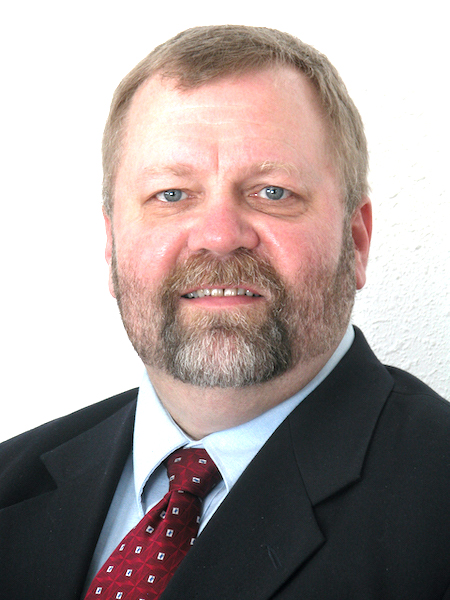Recently, I spent a long week at Gunsite Academy, taking an advanced performance handgun course, and competed in the Gunsite Alumni Shoot. In 2018, I managed to shoot a great match, coming in 3rd overall, and this was my first time back to shoot the match since. Accordingly, I was expecting another high finish, but sadly, that did not materialize for me this year. In fact, I shot the worst match I have ever shot, placing about 60th place (out of 250). So, what happened between 2018 and 2022? Well, time is what happened.
You see, in the last four years, I basically quit shooting. At least handguns. This occurred because of several factors. The first was that I transitioned myself out of teaching, and it was my protocol when teaching to demonstrate the drills for the students, which resulted in me getting some good practice every weekend.
But, in order to transition the academy into being run by others, I needed to back away from the teaching. Additionally, I quit shooting IDPA primarily because IDPA evolved into a track meet occasionally interrupted by a little shooting. As I have gotten older and slower, I just lost interest.
Then, the inevitable happened. Time caught up with me and my body, and I developed a severe neck issue, resulting in invasive neck surgery. The surgery occurred about a year ago and just within the last couple of months, I have been feeling good enough to spend a week standing and shooting. In addition to the past year of recovery time, I was laid up for seven months with the medical issue before surgery, so I did no shooting then, either. In fact, the most strenuous thing I did during that time was work the remote for the TV.
When discussing shooting with students and others, I have always said that shooting skills deteriorate with nonuse, and so you need to train regularly. I am thankful that I have recovered sufficiently to be able to do things physically again, like fish, ride motorcycles, work on the tractor and shoot. The week-long class I took before the match was certainly some help, as I was able to recognize the fact that my skills had deteriorated to the extent that I could not physically shoot as fast as the other students. By the end of the week, I was holding my own, but was not at the top of the class by any means.
In the above short video clip, you will hear two signals, the start signal and immediately afterwords, a second beep. That was only one second, and the goal was to dryfire a headshot before the second beep. As you can see, while my form is pretty good, my speed was lacking. This was recorded day two; by the end of day five, I was faster.
So, for a guy who has been competing at the upper echelon of the shooting sports when I competed, I now face a decision. Do I dedicate myself to a practice regimen and build my shooting skills back up, or do I adjust my expectations and then train towards meeting those? For example, in the advanced shooting class, we were expected to draw and fire a head shot in one second or less. Most of the class was doing it most of the time, but a few of the others and I just could only do it once in a while. Is a one-second head shot really necessary for self defense? Probably not. So, what is necessary?
That is the great question that defensive handgunning instructors have been asking for years. Is speed, accuracy, tactics or compromised shooting positions more necessary? The answer is yes to all those factors, not just speed. Then the question becomes, in what proportions? At what performance level? I will ponder these questions for a while, and perhaps come up with a training regimen that I can use for myself. If I can come up with something workable, I will share. In the meantime, did I mention I had a dream recently that I had started to compete in NRA Bullseye shooting, using .22 pistols? I would consider it, if not for my shoulder. (Heavy sigh).
To read more of this month's journal, please click here.

